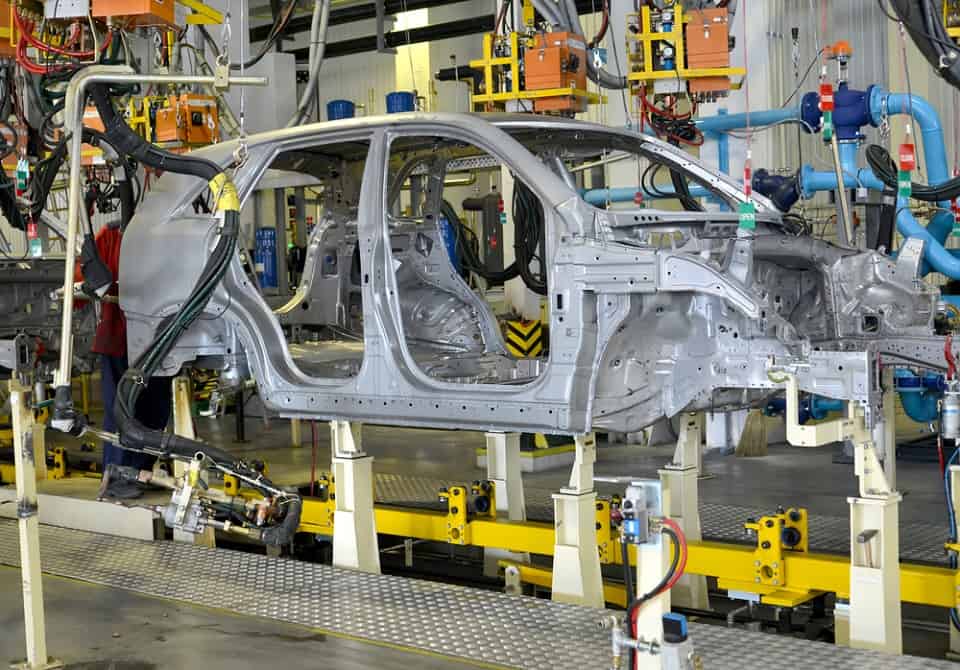
A predetermined overhead rate is a crucial concept in cost accounting that helps allocate indirect manufacturing costs to products or services. It is calculated before the accounting period begins based on estimated overhead costs and an expected level of activity, a predetermined overhead rate includes such as direct labor hours, machine hours, or units produced. This rate is then used to apply overhead costs to products during the period. A pre-determined overhead rate is the rate used to apply manufacturing overhead to work-in-process inventory. The first step is to estimate the amount of the activity base that will be required to support operations in the upcoming period. The second step is to estimate the total manufacturing cost at that level of activity.
Sales and production decisions based on this rate could be faulty
The sales price, cost of each product, and resulting gross profit are shown in Figure 6.6. Company X and Company Y are competing to acquire a massive order as that will make them much recognized in the market, and also, the project is lucrative for both of them. After going to its terms and conditions of the bidding, it stated the bid would be based on the overhead rate percentage. Therefore, the one with the lower shall be awarded the auction winner since this project would involve more overheads. Also, if the rates determined are nowhere close to being accurate, the decisions based on those rates will be inaccurate, too. Complex overhead absorption is when multiple absorptions are required to allocate the cost of the support function.
- Also, profits will be affected when sales and production decisions are based on an inaccurate overhead rate.
- Estimating overhead costs is difficult because many costs fluctuate significantly from when the overhead allocation rate is established to when its actual application occurs during the production process.
- Overhead rates are an important concept in cost accounting and business analysis.
- Company X and Company Y are competing to acquire a massive order as that will make them much recognized in the market, and also, the project is lucrative for both of them.
- On the other hand, the business with the machine incentive environment absorbs overhead based on the machine hours.
Predetermined Overhead Rate Calculation (Step by Step)

On the other hand, if the business wants to use actual overheads, it has to wait for the end of the month and get invoices in hand. So, it may not be a good idea with perspective to effective business management. In addition to this, project payroll planning can also be done with the use of an overhead rate. It’s because it’s an estimated rate and can be predicted at the start of the project. Businesses normally face fluctuation in product demand due to seasonal variations.

Divide budgeted overheads with the level of activity

Another way to view it is overhead costs are those production costs that are not categorized as direct materials or direct labor. When companies begin the planning process of manufacturing a product, cost projections are a large and important focus. Calculating a predetermined overhead rate is one of the first tasks management will take on because it provides a formula to estimate the production costs of a product in advance. Specifically, the predetermined overhead rate is an approximated ratio of manufacturing overhead costs determined in advance based on variable and fixed costs. It’s essential to fully understand the allocation base and allocation rate or variance for the predetermined overhead rate. Using a predetermined overhead rate allows companies to apply manufacturing overhead costs to units produced based on an estimated rate, rather than actual overhead costs.

Shaun Conrad is a Certified Public Accountant and CPA exam expert with a passion for teaching. After almost a decade of experience in public accounting, he created MyAccountingCourse.com to help people learn accounting & finance, pass the CPA exam, and start their career. Our writing and editorial staff are a team of experts holding advanced financial designations and have written for most major financial media publications. Our work has been directly cited by organizations including Entrepreneur, Business Insider, Investopedia, Forbes, CNBC, and many others.
- It is calculated before the period begins and is used to assign overhead costs to production using an allocation rate per unit of activity, such as direct labor hours.
- A Predetermined Overhead rate shall be used to calculate an estimate on the projects that are yet to commence for overhead costs.
- This allows businesses to capture the full cost of production in their accounting.
- This consolidates overhead cost information from multiple sources, including payroll, point-of-sale, billing and more.
- Overhead is then applied by multiplying the pre-determined overhead rate by the actual driver units.
Great! The Financial Professional Will Get Back To You Soon.

If a business uses an actual overhead cost, they would not be able to determine true costs until after the production has actually happened. The overhead rate helps businesses understand the proportion of indirect costs relative to direct costs. It can be used to allocate overhead when calculating product costs and profits. The overhead rate has limitations when applying it to companies that have few overhead costs or when their costs are mostly tied to production. Also, it’s important to compare the overhead rate to companies within the same industry. A large company with a corporate office, a benefits department, and a human resources division will have a higher overhead rate than a company that’s far smaller and with fewer indirect costs.